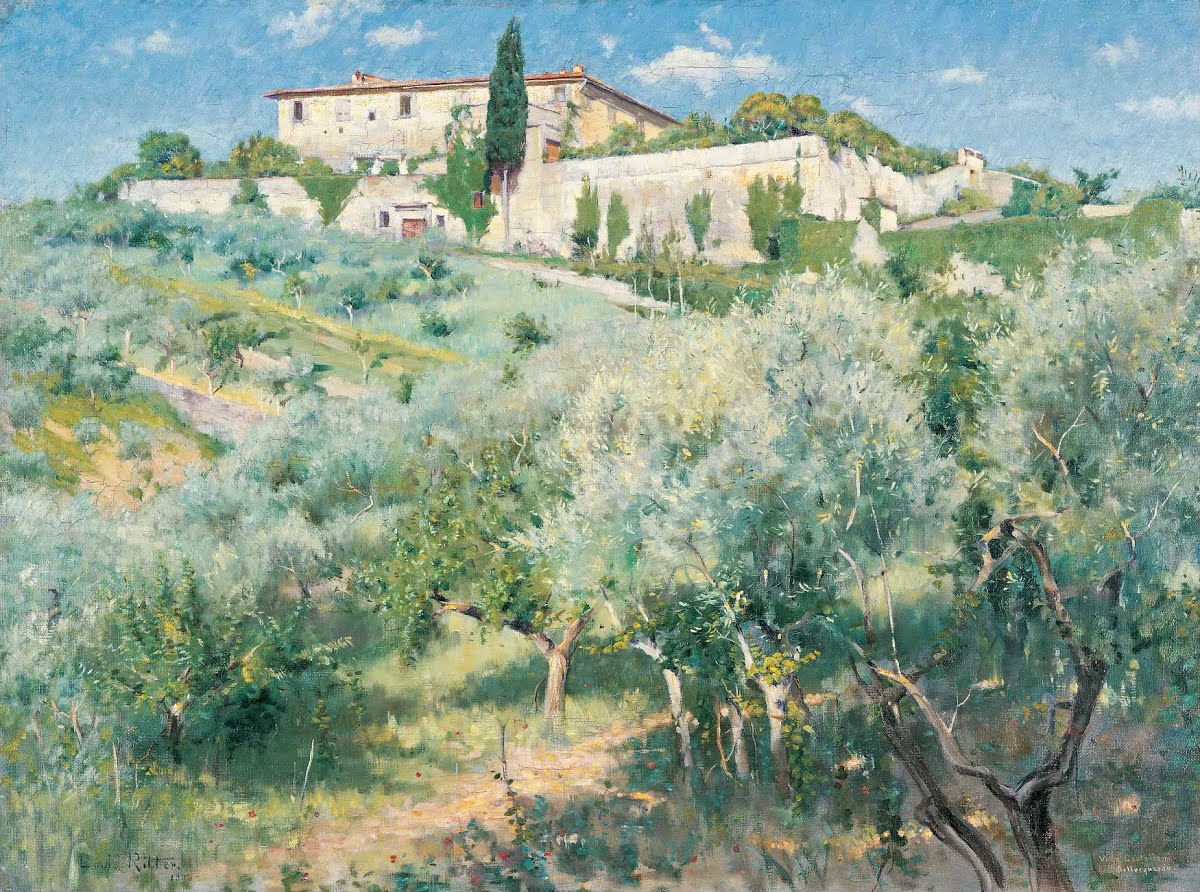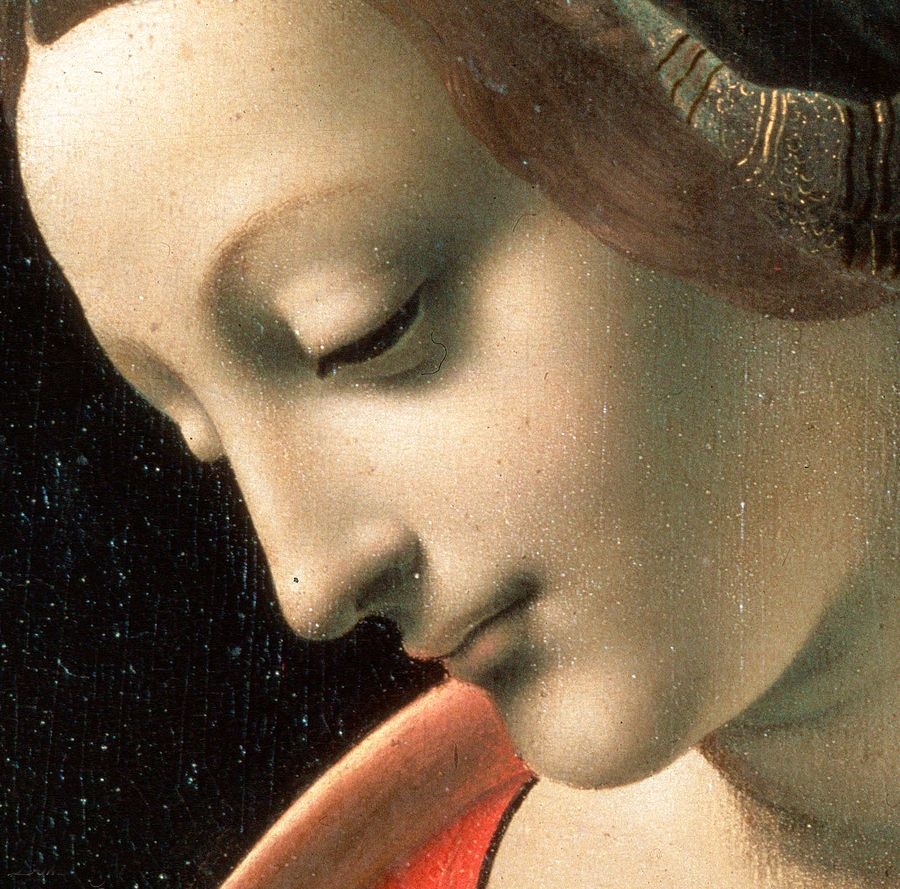In 2012, after a career as a freelance cartoon illustrator and graphic designer, the Scottsdale Artists’ School awarded Tina the first of two merit scholarships based on a handful of self-taught pastel portraiture, and she began learning how to paint, dedicating herself to the full-time practice of understanding oil painting.
By 2014 Tina earned the first of four Purchase Awards in the 11th and 12th International ARC Salons. Tina’s works, “City Blues”, “String of Pearls”, "Melancholy" and "Bravado" are now part of the Art Renewal Center's renowned permanent collection.
Tina’s recognitions also include Best of Show in the 51st National Women Artists of The West Show, Oil Painters of America Online Showcase 1st Prize, The International Artist Magazine People and Figures Grand Prize, NOAPS Best of America People’s Choice Award and Second Prize awards and Portrait Society of America International Art of The Portrait Competition Select 50.




.jpg)



